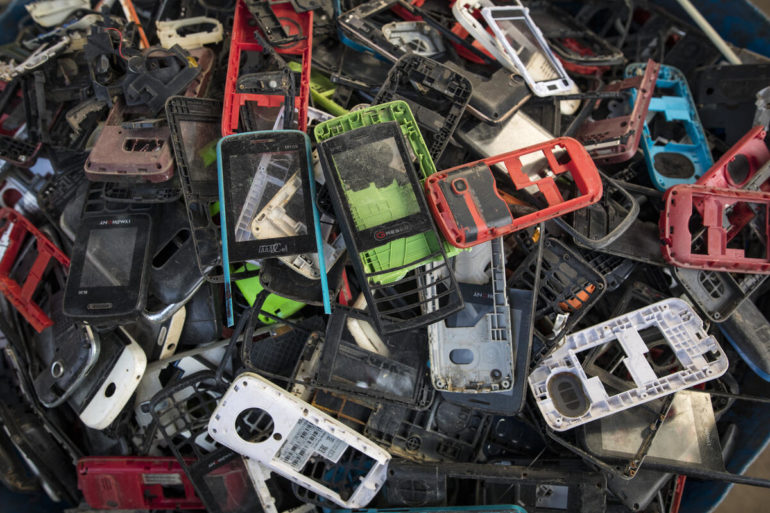During Samsung’s Unpacked Event, the company did its annual unveiling of new devices but it also made a pledge to eliminate all plastic from its smartphone packaging by 2025.
The pledge, made as part of Samsung’s new sustainability platform called Galaxy for the Planet, is aimed at reducing the waste created during the lifecycle of Samsung smartphones products.
The pledge sets various sustainability goals that Samsung hopes to reach by 2025. Following that timeline, along with dropping plastic packaging, Samsung plans to incorporate recycled material in all new smartphone products, achieve zero waste to landfill, and reduce the standby power consumption of its smartphone chargers to below 0.005W when a device is fully charged.
“We believe that everyone has a role to play in providing innovative solutions that protect the planet for generations to come. Samsung understands our efforts need to match our scale, our influence, and the magnitude of the entire Galaxy ecosystem around the world,” said Samsung Mobile Communications Business president TM Roh.
“Galaxy for the Planet is an important step in our journey toward creating a more sustainable world, and we will do so with the openness, transparency and collaboration that drives everything we do.”
Other sustainability measures Samsung has introduced in recent months include launching an upcycling program for old Galaxy devices, a new tool that helps people manage the energy they use, and pledging [PDF] to only use renewable energy sources for its Brazil and Mexico operations by 2025.
Currently, Samsung’s operations in China, Europe, and the US are already fully powered by renewable energy sources.
In Samsung’s annual sustainability report released in June, the company said its greenhouse gas emissions rose by 5% year-on-year, which amounted to 14.8 million tonnes of carbon dioxide equivalence. With the emissions increase, Samsung fell short of its emissions target for 2020, which would have equated to a 70% reduction of the emissions it produced in 2008.
According to Greenpeace, Samsung currently uses fossil fuels for 82% of its power needs.
“Given Samsung’s scale of business and impact on the overall economies of Korea and Vietnam and its pledge to pursue renewable energy goals in other markets, it has the power to make great strides in Korea and Vietnam by pursuing easier access to renewable energy in the two countries,” Greenpeace said in June.
Samsung’s latest pledge came in tow with LG also making a sustainability commitment on the same day. LG on Wednesday pledged to set emissions targets that follow science-based targets. The pledge puts LG’s emissions targets in line with the stretch goal of the Paris Agreement of limiting global warming to 1.5 degrees Celsius, LG said.
LG’s latest pledge follows the company last month committing to transition to operating with 100% renewable energy by 2050.
Two years ago, LG also pledged to be carbon neutral by 2030, which entails reducing carbon emissions in the production stage to half of what it emitted in 2017 by 2030. Providing an update on that pledge last month, LG said in its latest sustainability report it was on track to both achieve 95% in waste recycling rate at its production sites and transition to using only electric or hydrogen cars for business by 2030.
Comparing the two South Korean tech giants, while Samsung’s greenhouse gas emissions increased in 2020, LG decreased its emissions output by 12% last year when compared to 2019, producing around 1.3 million tonnes of carbon dioxide equivalence.
